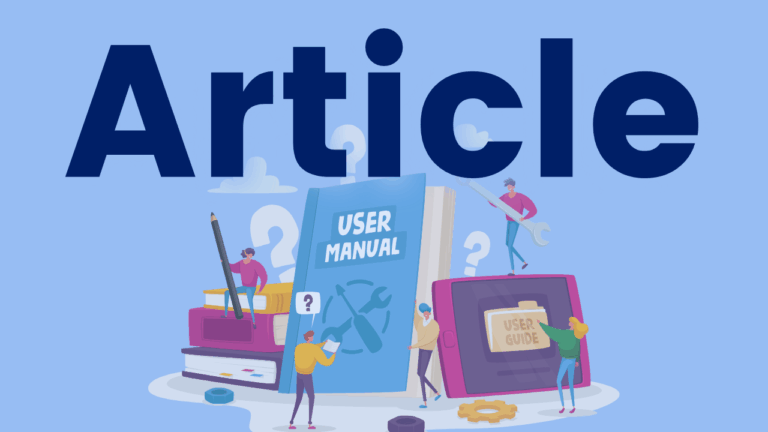What is Data-Based Individualization?
Intensive intervention helps students with severe and persistent learning needs, including students with learning disabilities. Data-based individualization is an approach to intensive intervention. This website provides an outline of the steps of data-based individualization, walking educators through each step.




